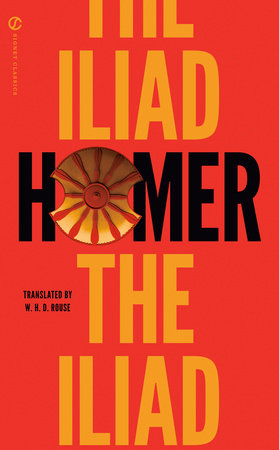A trot is a word-for-word correspondence of a text during the translation process–a process, by the way, which never ends. It is supposed to reveal the various nuances and possibilities within the new language as the poet-translator seeks to recreate the original work. It is really the closest thing to a literal translation … which (despite the inherent impossibility of being both literal and a translation–much like “literal interpretation”–another impossibility no matter the number of idiots out there who want such a reading of a so-called sacred text despite not knowing the original language … but I digress….) … should make obvious the multidimensional quality of interpretative/translative acts within the translation/interpretation process itself. Here is my trot of Szymborksa’s poem:
Two (fem. pl.) monkeys [of] Brueghel
So/thus appears/looks my great/large/big/vast secondary-school (adj.) sleep/slumber/(dream)
[they] sit in the window monkeys chained/rooted/confined [with] chain/fetters
beyond [the] window flies (about)/flits (about)/flutters sky (the skies)/heaven(s)/firmament
and bathes/takes a bath/soaks sea[I am] passing/standing the test/(taking a test) of history [of] people
[I am] stammering (out)/stuttering/stumbling (in one’s speech) and wading/floundering/working (my) way through/blunderingMonkey, with fixed gaze/staring/gazing intently at me, ironically/derisively listens,
second as if/as though/like/as it were this/that/it drowsily/sleepily
and/but when after question ensues silence
prompts me
[with] low/soft/gentle/muffled/quiet/stifled/silent [with] strum/thrum/thump/clank [of] chain

